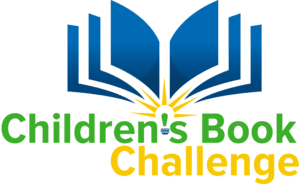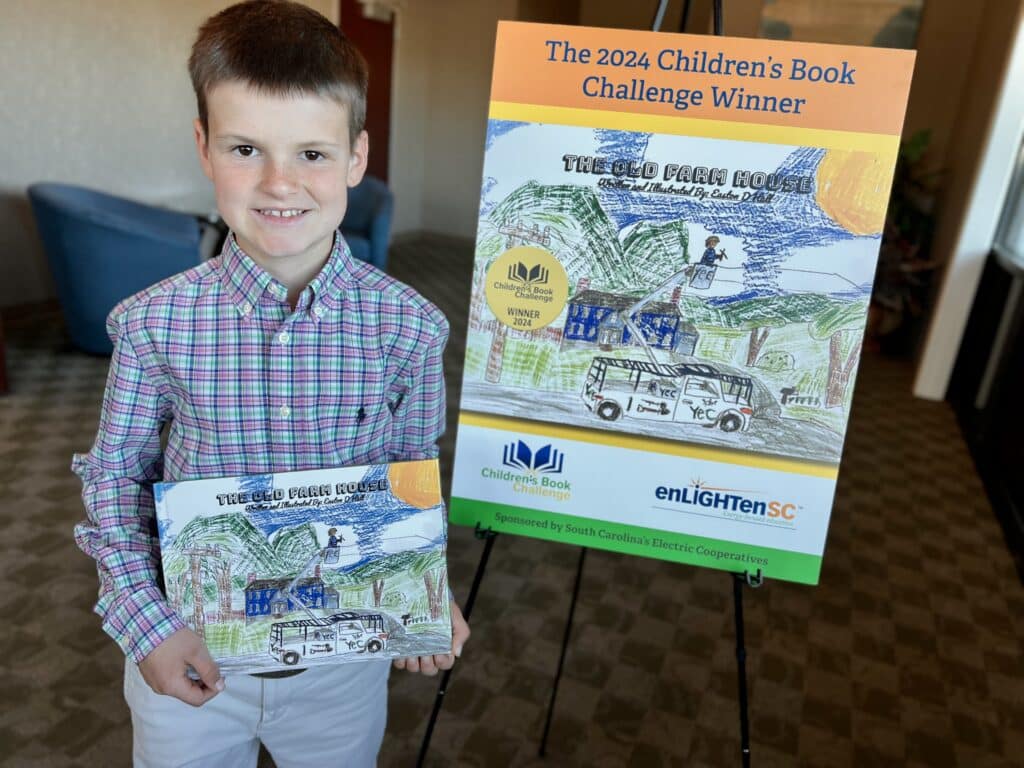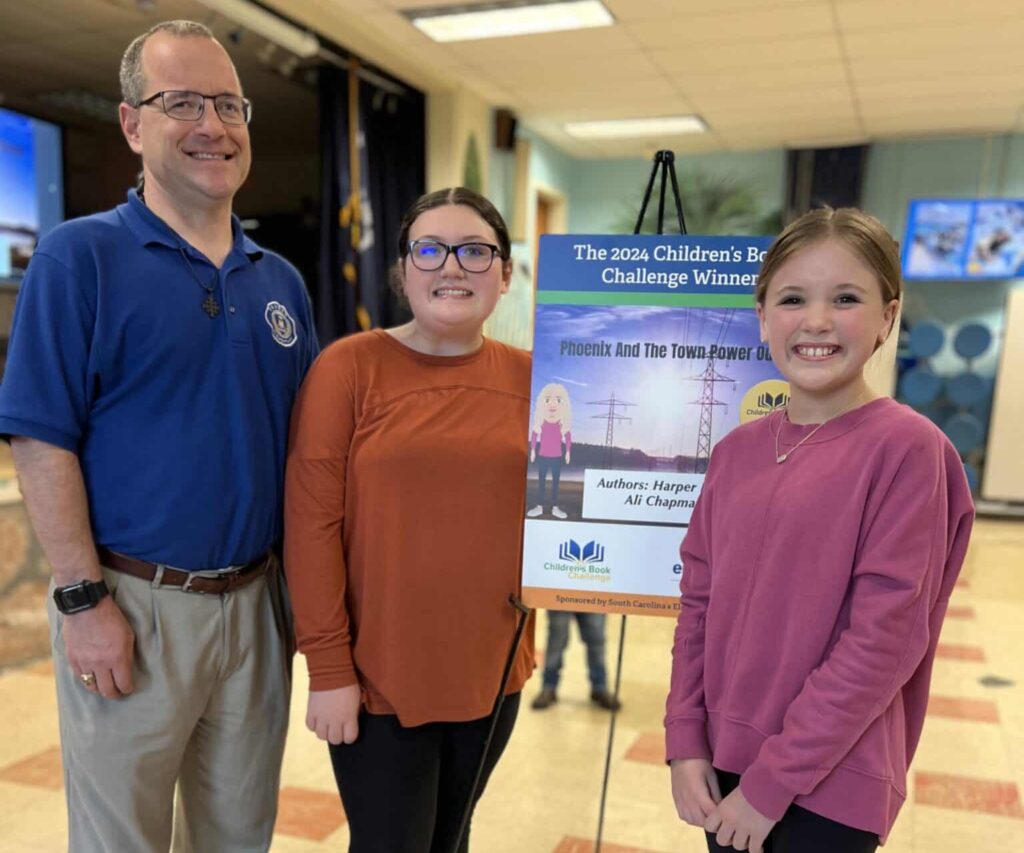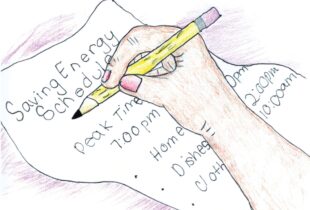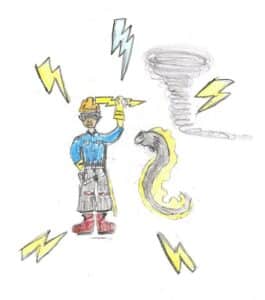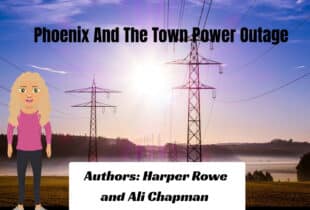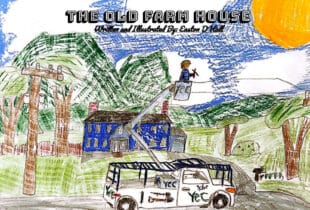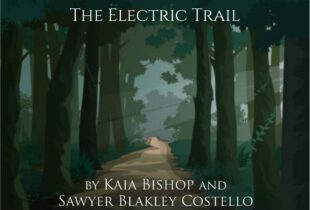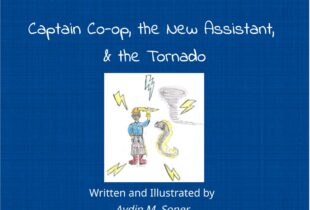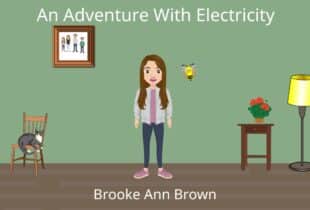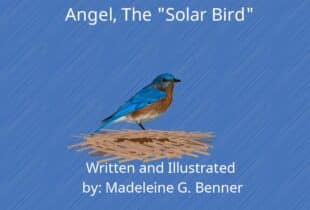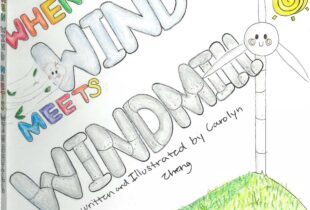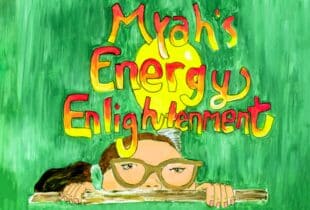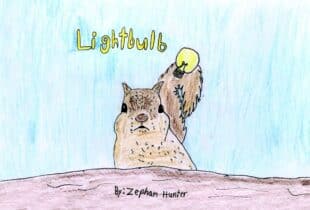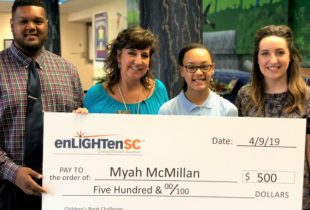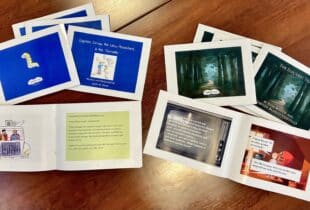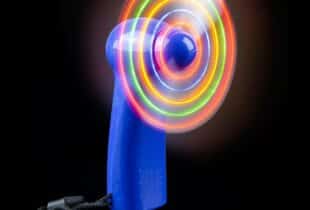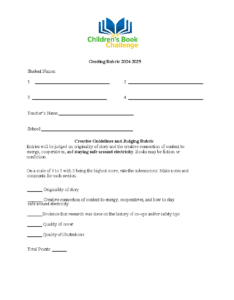Eligibility
The Children’s Book Challenge is open to fourth and fifth-grade South Carolina students. Students, individually or in groups of up to four, must develop their entries under the supervision of an adult who can provide general guidance and help ensure the entry adheres to the contest rules. The story and illustrations must be the students’ work and, when finished, submitted either electronically using the StoryJumper platform or through a paper book provided by your local co-op. Keep all original artwork as we may want to scan it and disseminate it more widely.
Tasks
Write and illustrate a children’s book that focuses on the theme of Staying Safe Around Electricity
- Entries will be judged on originality of story and the creative connection of words, illustrations, and content to energy, cooperatives, and how co-ops connect communities. Each book must have a clear title, author, and illustrator.
- Books may be fiction or nonfiction.
- Entries must include an “Author’s Summary” or small introduction and a photograph of the author(s) on the inside back cover. Do the same for the illustrator if it is a different person. Include sources you used to do research for writing your book. List websites and print materials used. Also, list your electric co-op contact’s name and when/how you communicated with them.
- An example of a complete Author’s Summary:
“My name is Jane Smith. I am a fifth grader at Super Fantastic Elementary School in Small Town, SC. I researched my topic on the EnlightenSC website by reading the Learn About Energy section and watching the videos on the Children’s Book Challenge page and 5th grade page. I also visited eia/kidsd.gov to learn all about energy. My co-op contact was John Doe at ACME Electric Cooperative, which is near my school. To learn more about the co-op and energy, I spoke with him on the phone on October 5 and again on October 20. He was very helpful.”
- The maximum number of pages is 24 which includes the cover, the Author’s Summary, and the glossary.
- Each entry may use up to two pages for glossary terminology if desired.
